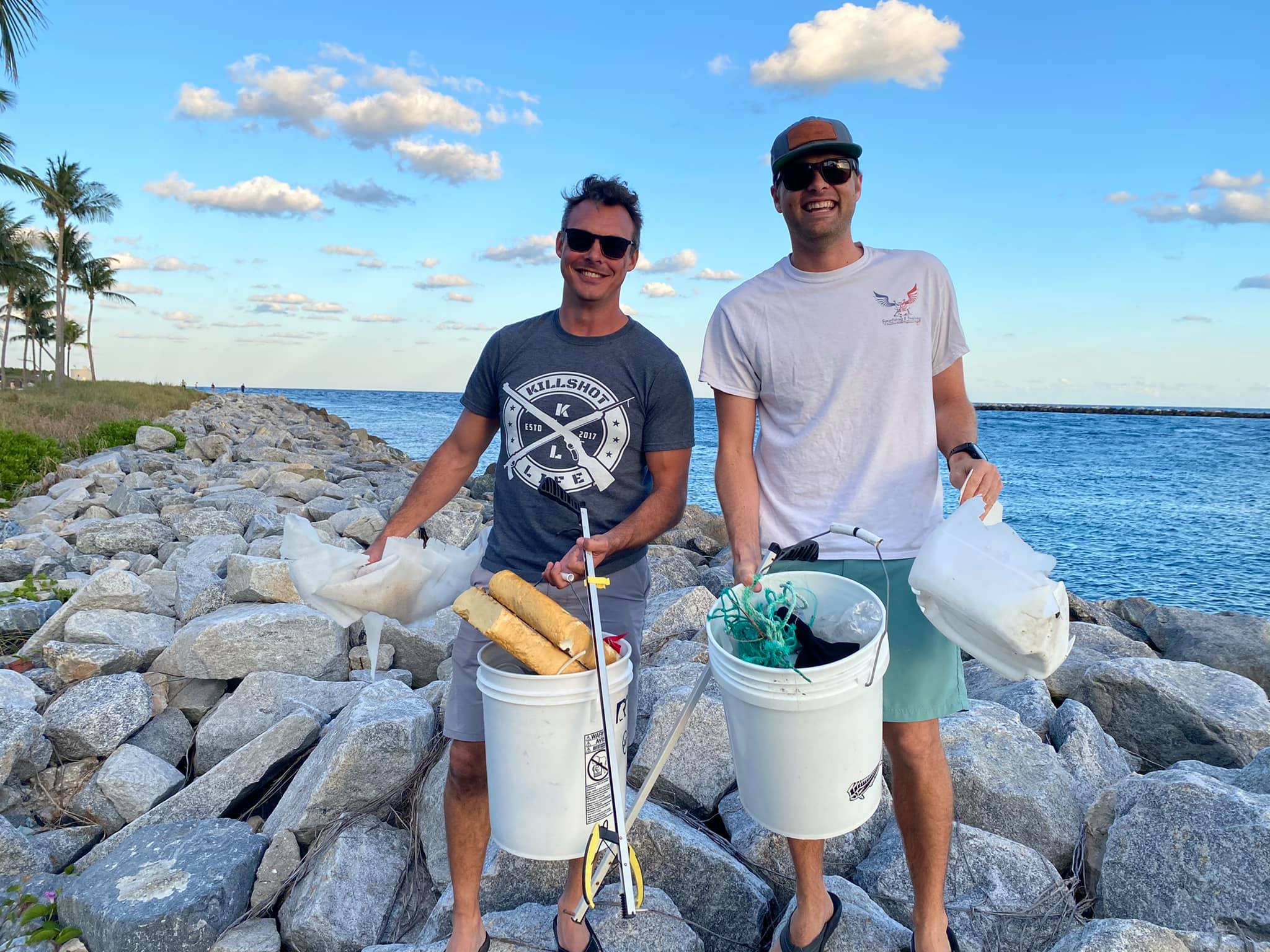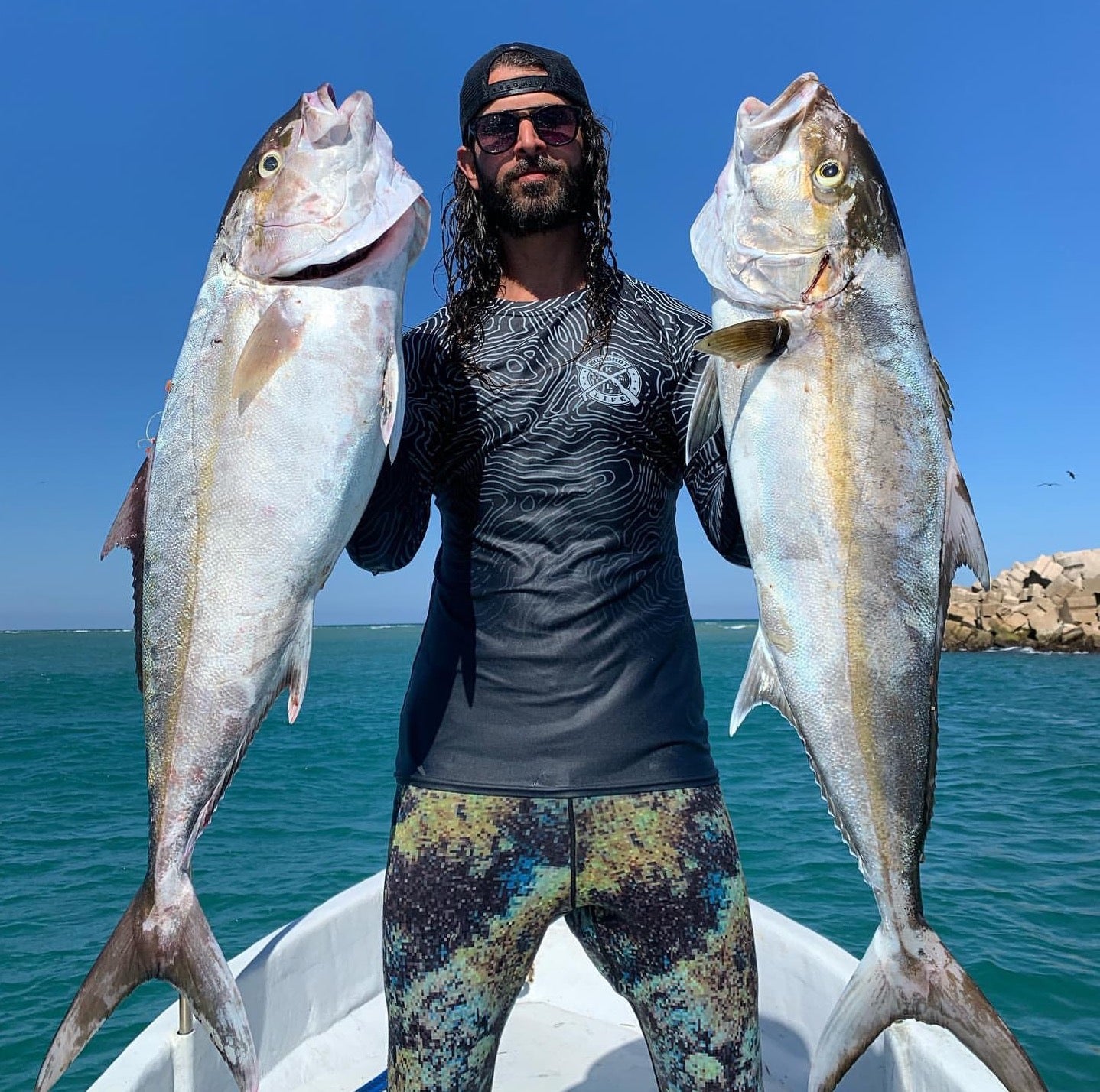A Beginner's Guide to Ikejime
Share
Ikejime, a traditional Japanese method of preparing fish, has gained international recognition for its ability to preserve the flavor and texture of seafood. This technique is not only a testament to the culinary craftsmanship in Japan but also reflects a deep respect for the animal. For beginners interested in this method, understanding its principles, benefits, and procedures is essential.
Understanding Ikejime
Ikejime, or "spike and line," is a method of humanely dispatching fish to maintain the quality of its meat. The process involves a swift insertion of a spike directly into the fish's brain, instantly causing death. This is followed by a process where a wire is threaded along the fish's spinal column to prevent the onset of rigor mortis, preserving the texture and taste of the fish.
The Science Behind Ikejime
The quality of fish meat deteriorates rapidly after death due to the accumulation of lactic acid and ammonia produced during the breakdown of the fish's muscle tissue. Ikejime technique slows down this process, reducing the deterioration of the fish’s flesh, thus preserving its freshness and extending its shelf life.
Benefits of Ikejime
- Enhanced Flavor and Texture: Ikejime prevents the fish from releasing stress-induced hormones, which can adversely affect the flavor and texture of the meat.
- Longer Shelf Life: The technique significantly extends the fish’s shelf life, making it a preferred method for chefs and fish markets.
- Ethical Harvesting: Ikejime is considered a more humane way of dispatching fish, as it minimizes suffering.
Step-by-Step Guide to Ikejime
- Preparation: Have a sharp spike (ikejime tool) and a long, flexible wire ready. It's also essential to have a container filled with ice water.
- Dispatching the Fish: Calmly and swiftly insert the spike directly into the fish's brain. This is usually located slightly behind and above the fish's eye.
- Bleeding: Cut the fish's throat and let it bleed out in ice water. This step is crucial as it removes blood, which can affect the flavor.
- Destroying the Spinal Cord: Insert the wire into the hole made by the spike, running it along the spinal column to the tail. This step prevents the fish from going into rigor mortis.
- Cooling Down: Place the fish in ice water to bring down its body temperature rapidly.
- Storage: Store the fish in a refrigerator or cooler, ideally around 0°C.
Tips for Beginners
- Practice Humane Techniques: Always strive to perform the technique swiftly to minimize the fish's suffering.
- Maintain Sharp Tools: A sharp spike and wire are essential for a clean and effective ikejime process.
- Stay Calm: Handling the fish gently and calmly is crucial, as stress can affect the quality of the meat.
Conclusion
Ikejime is more than just a technique; it's a reflection of respect for the culinary art and the life of the fish. By practicing ikejime, not only do chefs and fishermen ensure the highest quality of seafood, but they also engage in an age-old tradition that honors the balance between nature and culinary excellence. As beginners in this practice, it is important to approach it with respect, patience, and a willingness to learn.












